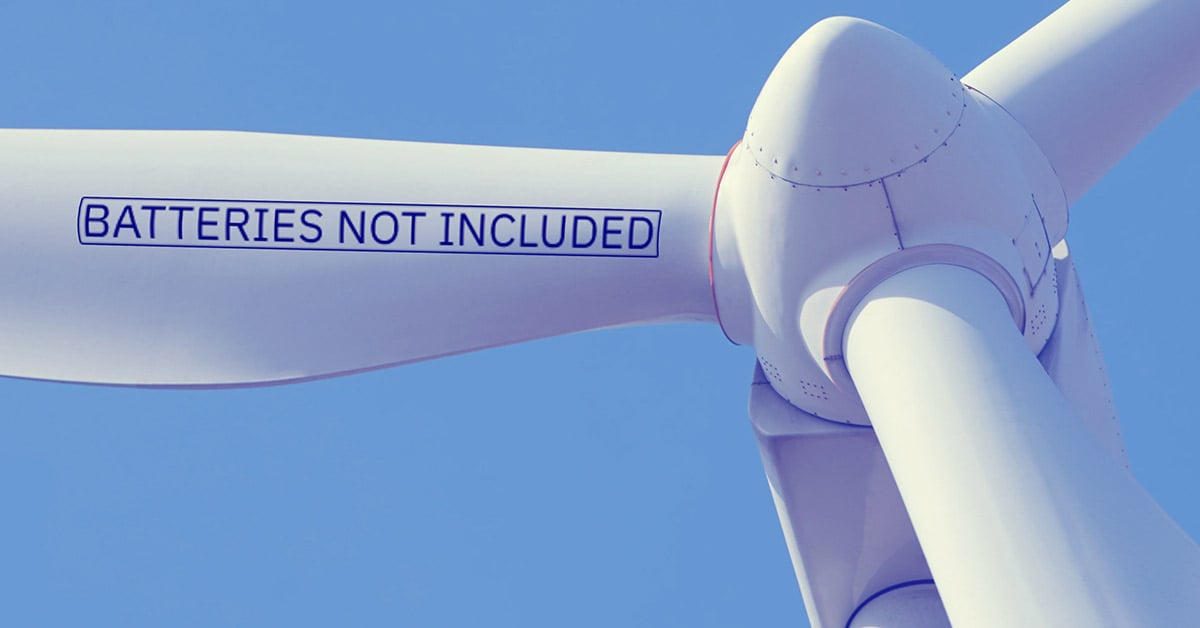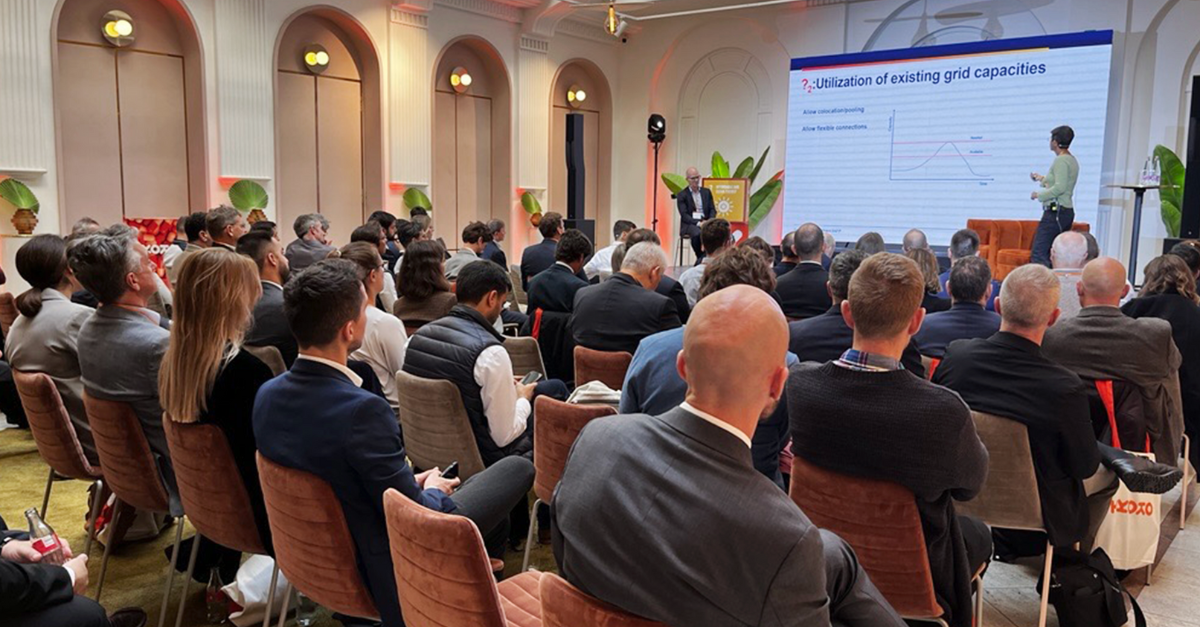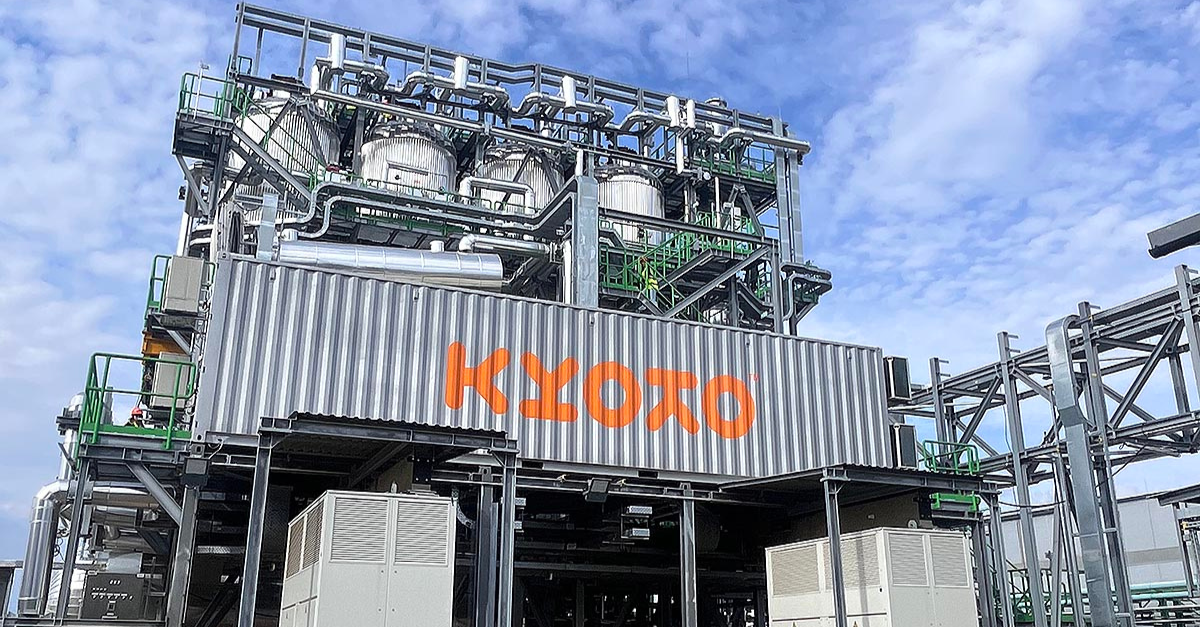Problem: How renewable energy works, is not common knowledge. It’s time we learn the six basic principles of renewable energy.
A mistake was made at the end of the industrial revolution. We chose fire. Not electricity. Humans have an intimate relationship with heat, and have always used fire to make it. No wonder. The fuel for fire is self contained and requires no equipment. The problem is chemistry. Fire destroys what it burns and emits carbon. Elon Musk has called it the dumbest experiment in history. A fire and forget policy. To base our most important source of energy on a finite supply of coal, oil and gas, while injecting millions of years worth of carbon into the atmosphere. All within two centuries. Now, we are having to make the choice we should’ve made long ago. To stop borrowing energy from the past. It took 300 million years to make that petrol in your tank. But the wind is blowing outside right now. We’re switching from a chemical process to a physical one, but how to do it’s not common knowledge.
We need to go back to school.
Our parents were the last to go to school when the consensus was that nature would be capable of dealing with emissions. They were taught all the basic principles of fossil fuels and combustion. What will we be teaching our kids? What is the new curriculum? We need to learn the basic principles of renewable energy. We suggest the following points:
The basic principles of renewable energy
1. Batteries are not included.
A tank of gas works just like a battery. You decide when to use it. Renewable energy from wind and sun has no such function. We have to make that ourselves.
It may seem self evident, but this simple fact has consequences most people never think about. Fossil fuels work like batteries. It is stored energy. That battery was charged 300 million years ago when vegetation fell into swampland covering much of the planet. Compacted over eons of time, it became stored energy in the form of coal, gas and oil. Shifting to renewable sources means we lose that battery. No tank holds the wind. We do not control the weather. The wind may spin a wind turbine blade, and the sun may shine on a solar cell. That energy only exists then and there. We either use it or lose it. This is the most important systemic consequence of shifting to renewable energy.
If we are to succeed in harnessing the wind and sun, on a large scale, we need to replace the missing battery function. It’s not just about wind turbines and solar panels. We need to bring our own batteries. Charge them using the energy we get from wind farms and photovoltaic cells, and disconnect the time energy is made from when it is used.
2. Stable energy is a value in itself.
Without stabilization, you wouldn’t be able to run a toaster let alone a factory on renewable energy. We need to stabilize renewable energy.
Not knowing how strong the winds will be, but still having to guarantee a specific level of energy seems like a dilemma for sailors. It’s not. This is our challenge as people. We’re running an entire civilization on electricity and need it in stable amounts. However, renewable energy is never stable. There are no constant winds. No permanent sunshine. The more variable sources we use, the more we will have to rely on a stabilizing force on top of it to counteract this effect. In fact this instability may increase our reliance on coal and gas if we do not pay serious attention to the job of storing and stabilizing renewable energy. The alternative is unimaginable and unrealistic. Imagine timing your arrival at work, based on the prevailing winds. Or worse, timing your production quota.
Industry will neither accept, nor be able to, switch to renewable energy sources unless it is stabilized. Again, this can be done through the use of batteries. This way an unstable input can be converted to a predictable and stable output. No matter the prevailing winds or sunshine. This function is much the same as the output of a battery holding not just an amount, put guratenteeing a steady output.
3. There is enough renewable energy for everyone.
We get more energy from the sun and wind than we can use. We’re just not capturing or storing enough.
Every hour we get more energy from the sun than we use in a year. In addition the atmosphere works like a thermal engine, producing kinetic energy through wind. Again, much more than we can use. There is more than enough renewable energy for everyone. An estimated 500W passes over every liveable square meter of our planet. If that is harnessed at 4% efficiency, 2kW of power can be drawn from an area of just 10x10m. Energy demand for a residential suburban area could therefore be obtained by using just 5% of local land area for energy production, assuming an energy demand of 1000kW per square km.
Our challenge is not the availability but capture, storage and delivery of it to users in a cost efficient way. In other words, the problem is infrastructure. Our current system has been optimizing fossil fuel delivery for profit for eighty years. Reaching the same level of proficiency for renewables will take investment and time.
4. Renewable energy is cheaper than fossil fuels, when it’s not actually free.
And not because of subsidies, either.
You might assume the reason we still burn so much fossil fuels is that those fuels are cheaper than renewable energy. That used to be true. Solar panels used to be extremely expensive. If you owned some, it was because they were on your satellite being launched into space. One watt of power would cost you a whopping 1800 US$ in 1956. Since then prices have dropped dramatically, and 90% in the last decade alone. A watt of sun now costs 0.2 US$ and is one of the cheapest sources of electricity in tough competition with onshore wind. As the supply chain, markets and end users are accustomed to buying their megawatts from renewable sources, price goes down according to Wrights law. It states that the doubling of production volume leads to 20% cut in cost. The reason we still burn fossil fuels in coal and gas plants is partially because energy from an existing plant is cheaper than building a new one.
5. All batteries are not equal.
Some are good for sports cars, others good for industry. We need to generate renewable energy specifically for the intended use.
You wouldn’t put jet fuel in your car, even if it sounds like a cool experiement. Large ships use a gloopy fuel that needs to be heated, before it can even flow through the engine. Fossil fuels take on different shapes and sizes to adapt for their intended uses. So do batteries. It is the storage medium that must replace all the engines and furnaces we currently have. It is important to be able to distinguish between the different technologies for the public, politicians and companies looking for a solution to the climate change we are facing. These are three important examples of battery technology and their use.
Lithium ion batteries - A very expensive but highly efficient battery.
This technology is very good for quick charging and discharging. The kind you need for putting the pedal to the metal on the road, or balancing the entire electricity grid. Your local power company is likely to need one, and may use it to buy and sell electricity. At the moment, this is too expensive for industrial use.
Hydrogen - Inefficient and not ready to fill the need.
Hydrogen is a popular substance among companies seeking to replace fossil fuels with another tank of combustible liquid. At the moment efficiency is low. You need five units of energy to produce one unit of Hydrogen. Sometimes that Hydrogen is made using other fossil fuels, which defeats the purpose. The plan is to increase efficiency and use electricity from wind to make Blue Hydrogen. The industrial application may still be more than a decade off. And one might ask if another tank of combustible material is really necessary, as electricity bypasses the need for combustion in many areas. Hydrogen is most likely used where low weight and high temperature is involved.
Molten salt - highly efficient, proven technology suitable for industrial applications.
Humans need energy for heat more than anything else. This is not about keeping warm. Heat is used for production. Molten salt-batteries are especially suited to fill this need. Wind and solar power can be used to charge a thermal battery using cheap electricity - when demand is low, releasing heat when needed at 90% efficiency.
6. We don’t need a portable fire.
Why? Because most of the energy we need doesn’t have to fit in a car. It needs to make heat. Renewable energy is not about replacing fossil fuels.
Combustion engines have made us want renewable energy to behave like fossil fuels. We want to stick it in a tank and light it. We discovered fire long ago, now we want it “to go”. Humans have found one million year old charred remnants of dinner time, in caves where distant ancestors used to live. That actually makes our relationship with fire older than our species. Now, we can break that bond. We don’t need combustion. We don’t have to invent an energy source that has to bring itself from a to b at all cost. Why? Most energy demand is spent on things not actually moving. It’s spent making energy for manufacturing and production. It doesn’t have to burn anything to be effective, transportable or accessible. It just needs to make heat. Not just for dinner, or to keep warm, but for industrial production and manufacturing.


